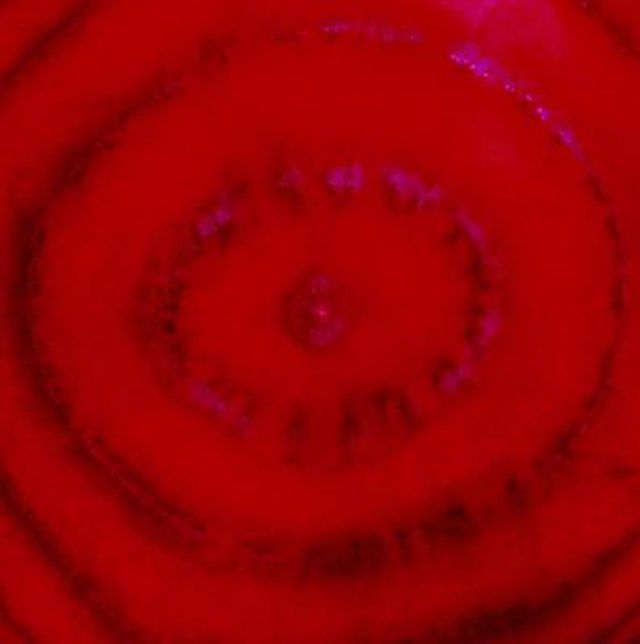Bulbs
Flower Basics
Flower Beds & Specialty Gardens
Flower Garden
Garden Furniture
Garden Gnomes
Garden Seeds
Garden Sheds
Garden Statues
Garden Tools & Supplies
Gardening Basics
Green & Organic
Groundcovers & Vines
Growing Annuals
Growing Basil
Growing Beans
Growing Berries
Growing Blueberries
Growing Cactus
Growing Corn
Growing Cotton
Growing Edibles
Growing Flowers
Growing Garlic
Growing Grapes
Growing Grass
Growing Herbs
Growing Jasmine
Growing Mint
Growing Mushrooms
Orchids
Growing Peanuts
Growing Perennials
Growing Plants
Growing Rosemary
Growing Roses
Growing Strawberries
Growing Sunflowers
Growing Thyme
Growing Tomatoes
Growing Tulips
Growing Vegetables
Herb Basics
Herb Garden
Indoor Growing
Landscaping Basics
Landscaping Patios
Landscaping Plants
Landscaping Shrubs
Landscaping Trees
Landscaping Walks & Pathways
Lawn Basics
Lawn Maintenance
Lawn Mowers
Lawn Ornaments
Lawn Planting
Lawn Tools
Outdoor Growing
Overall Landscape Planning
Pests, Weeds & Problems
Plant Basics
Rock Garden
Rose Garden
Shrubs
Soil
Specialty Gardens
Trees
Vegetable Garden
Yard Maintenance
How to Extract Glucose From Plants
How to Extract Glucose From Plants. Processing your own glucose, or sugar, from plants grown in your garden is a relatively easy project. Before the mass commercialization of sugar, farmers grew sugar beets and made their own sugar. The traditional method of processing sugar beets produces beet-sugar syrup, which is used instead of honey in cooking...

Processing your own glucose, or sugar, from plants grown in your garden is a relatively easy project. Before the mass commercialization of sugar, farmers grew sugar beets and made their own sugar. The traditional method of processing sugar beets produces beet-sugar syrup, which is used instead of honey in cooking and as a spread at the table and can be processed for its sugar crystals.
Things You'll Need
Sugar beets
Plastic scrubber
Knife
Cutting board
Large stew pot
Water
Strainer
Cheesecloth
Funnel
Glass jars with lids
Cut the green tops off the sugar beets. Set aside the greens for cooking, feeding to livestock or the compost pile.
Wash the beets thoroughly, using a plastic scrubber to remove dirt. Rinse several times until the beets are clean.
Slice the beets into thin slices on a cutting board. Place the sliced beets into a large stew pot.
Cover the beets with water. Bring the beets and water to a boil and then reduce the temperature to medium. Cook for an hour or until the beets are tender.
Line a strainer with cheesecloth. Place it over a large pot or heatproof bowl. Pour the beets into the strainer and save the beet sugar water. Set the cooked beets aside for dinner, canning or freezing.
Set the beet sugar water back onto the stove. Simmer on low for several hours, until the beet sugar water cooks down to the consistency of honey.
Pour into clean glass jars and place the lids loosely onto the threads. Do not tighten the lids; allow the steam to escape. Tighten the lids after the jars have cooled completely. Store the beet sugar syrup in the refrigerator.
Remove the sugar crystals as they form in the syrup. Allow them to dry, then crush them to make dry sugar crystals.
Substitute the beet sugar syrup for honey or sugar in recipes. The texture of baked goods may vary, since you're using a thick liquid instead of sugar. Reduce other added liquids such as milk or water slightly to compensate for the syrup.
Tips & Warnings
Spin the beet sugar syrup in a centrifuge to separate the sugar crystals from the liquid. Allow the crystals to dry before storing.
Other plants such as sugar cane require crushing the canes before cooking.
Mix the cooked beets with vinegar and spices to make pickled beets.
Wash and cook the beet leaves for dinner. Beet greens are essentially the same leaves as Swiss chard, a member of the beet family grown specifically for its leaves.
Wear old clothes and gloves when processing the beets; beet juice stains everything it touches.
Use caution when straining the beets; the boiling beets, juice and steam can cause severe burns.